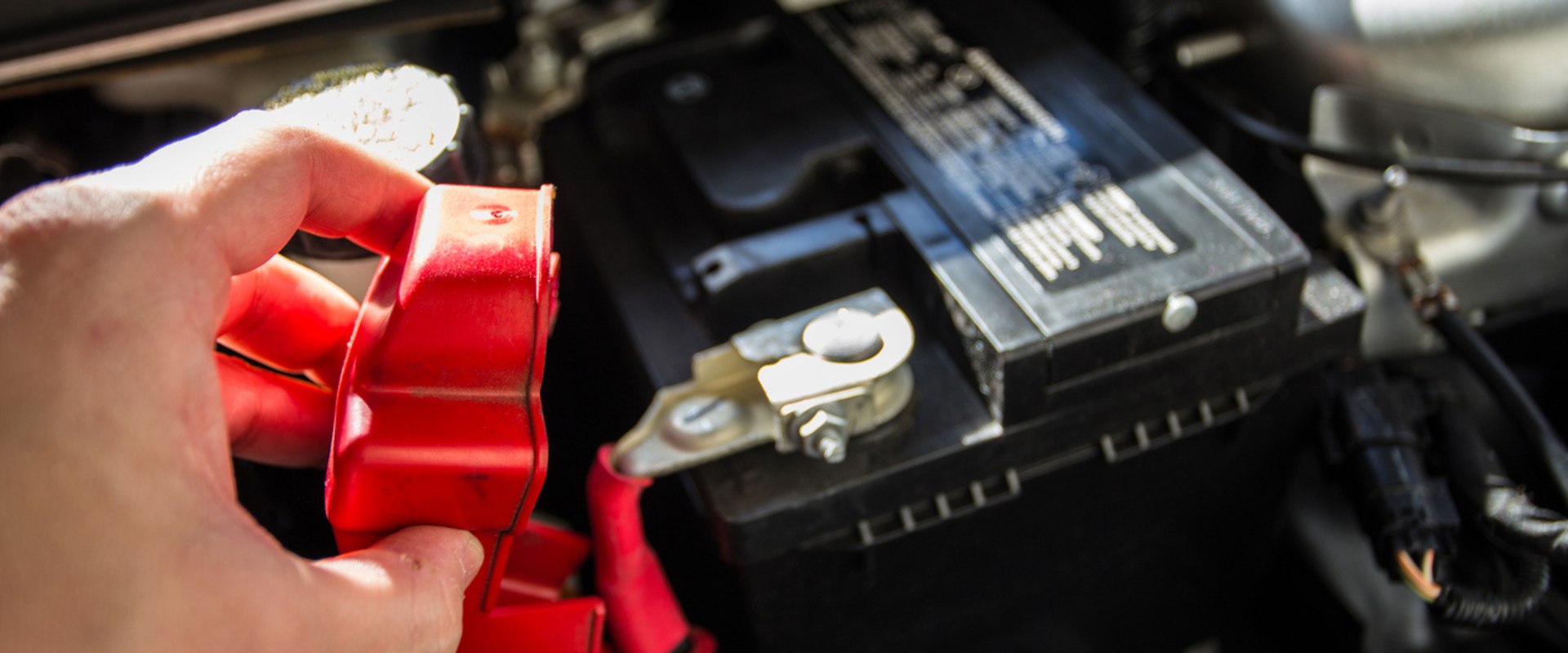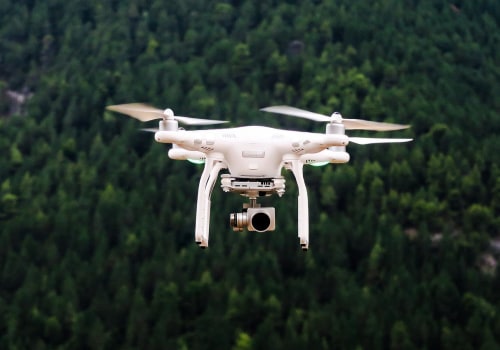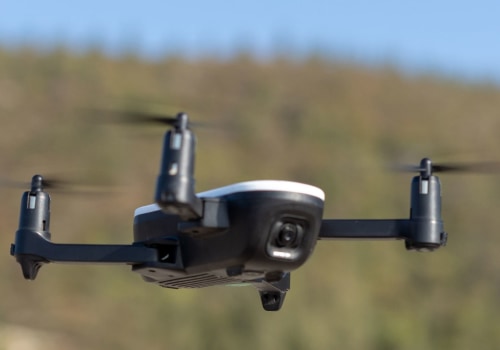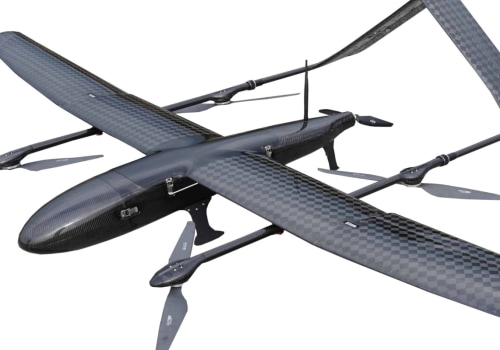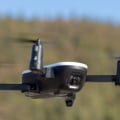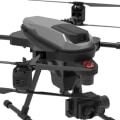It is of utmost importance to check the battery level of your aircraft before taking off. The last thing you want is for your aircraft to malfunction in the middle of a flight. This guide is designed to provide safety tips and advice for checking the battery level before taking off. We will discuss the importance of checking the battery level, how to properly check the battery level, and some safety tips to keep in mind when flying.
With this information, you can ensure that your aircraft is running at its best and that you and your passengers are safe during your flight. So let’s get started on understanding how to check the battery level before flight and stay safe in the skies!The most important reason to check the battery level before flight is to avoid running out of power mid-flight. If a drone or aircraft loses power while in the air, it can be difficult to control and potentially dangerous. It is also important to note that some drones and aircraft can be damaged if their battery level drops too low. Checking the battery level before flight also helps to ensure that the aircraft or drone has enough power to reach its destination, and can help prevent users from straying into restricted airspace due to an inadequate battery life. When checking the battery level before flight, it is important to ensure that the batteries are fully charged and in good condition.
For most drones, this means charging them until their lights turn green, or until their mobile application indicates that they are fully charged. Additionally, it is important to check for any signs of damage or wear on the battery itself, as this could impact its performance. Before takeoff, it is also a good idea to do a “preflight” check on the aircraft or drone. This includes checking that all components are functioning properly and that all safety guidelines are being followed. This should include checking that the batteries are properly secured and that any other accessories are in good working order.
Additionally, if possible, it is always a good idea to do a test flight in a safe environment before taking off on a long-distance journey. In addition to ensuring that the batteries are fully charged and in good condition, there are a few other tips that can help pilots get the most out of their batteries. The first is to make sure that any unnecessary power-consuming features such as cameras or sensors are turned off before takeoff. Additionally, it can also be helpful to keep an eye on the battery level during flight and land as soon as possible when it starts to drop too low. This is especially important for longer flights, as battery levels can drop quickly when flying for extended periods of time.
Conclusion
In conclusion, it is essential to check the battery level before flight in order to ensure a safe and successful journey.By following these tips and guidelines, pilots can get the most out of their batteries and avoid any potential problems mid-flight. By following these tips and guidelines for checking battery levels before flight, pilots can ensure that they are prepared for safe and successful journeys. Safety should always be the top priority when flying, so it is essential to follow all safety regulations and guidelines in order to avoid any potential issues. Checking the battery level before flight is a critical step that should not be overlooked in order to ensure a safe and successful flight.
